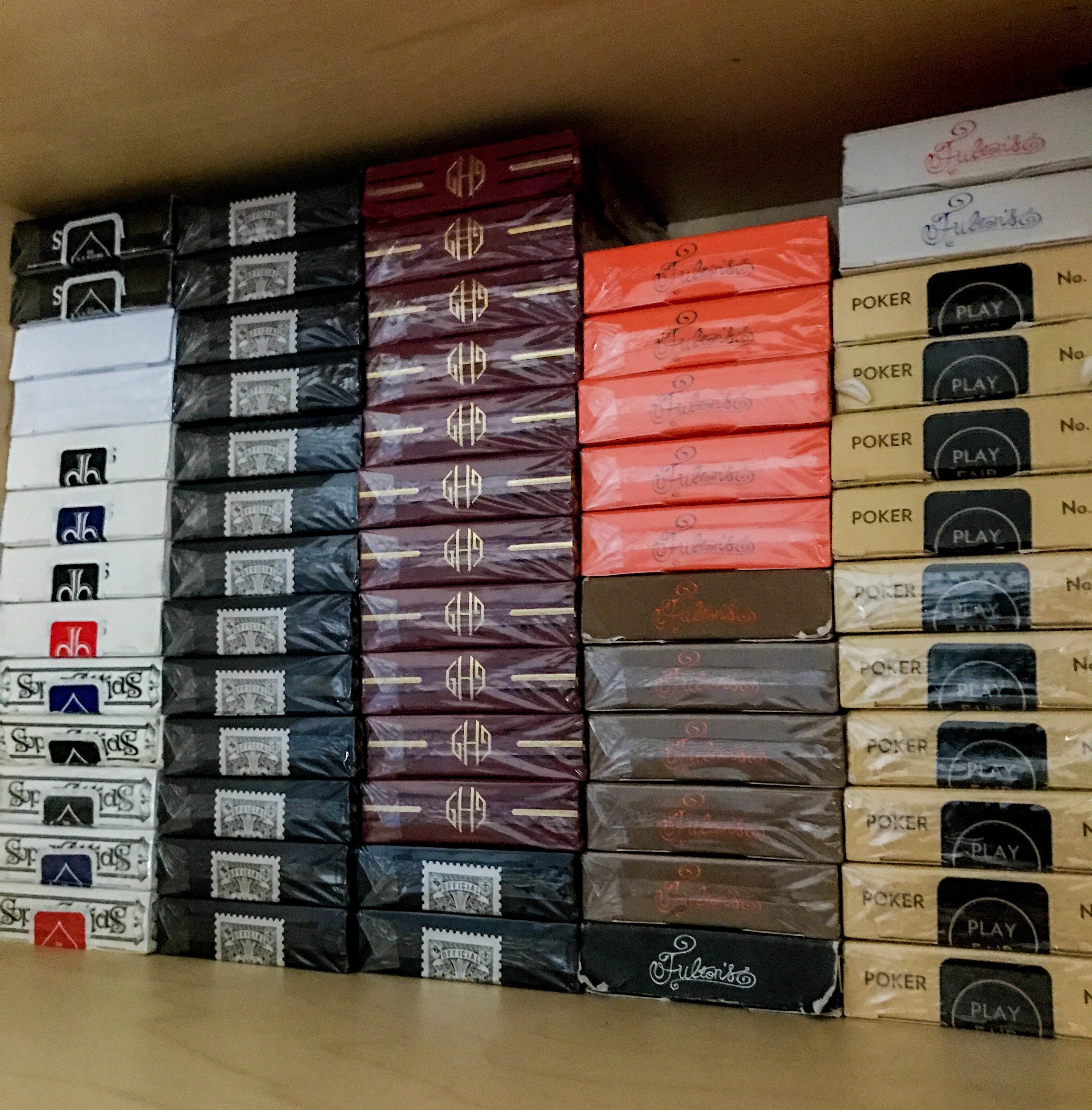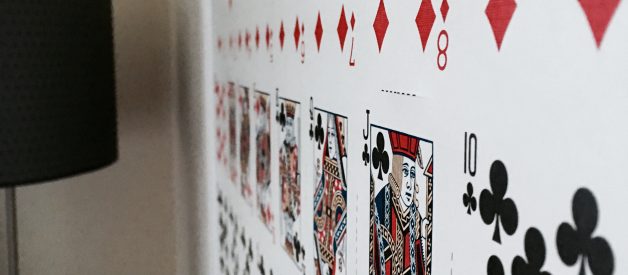
Such a common tool. Such a powerful tool. Playing Cards have been around for a very, very long time. Discovering the real advantages of Playing Cards changed my life. It has become the most valuable tool I have ever used.
The first documented use of cards go back to the 9th Century, originating from China. The primary use being for games. However, there is also a different theory that states Playing Cards originated in Persia and then spread to China, Egypt and India. From Egypt, they advanced to Southern Europe (Spain and Italy). The suits and values found in Southern Europe differed from those in Persia and Egypt.
Their use was even included in wars. The Americans were able to use Playing Cards manufactured by The United States Playing Card Company (USPCC) to their advantage during the second World War and the war against Vietnam. The cards were designed to look like a normal standard deck, however when the paper was peeled back, it revealed a map so American prisoners could escape captivity. Against Vietnam, the USPCC sent over packs of cards which only contained 52 Ace of Spades cards. The Ace of Spades was seen as a sign of death and the superstitious members of the Viet Cong soon became paranoid and fearful when thousands of cards with the Ace of Spades printed on them were scattered around the jungle.
What makes my fascination forever constant, is the perfect Mathematics behind such an underrated object. Some of us are completely oblivious to what the numbers and values on the cards represent. Yet, when you closely analyse what they stand for, there are vast similarities to the calendar we all use today.
- The colours, Red and Black represent Day and Night respectively.
- There are 4 Suits (Hearts, Spades, Clubs and Diamonds) in a full pack of playing cards. There are 4 Seasons in a year.
- The 12 Court cards (4 Kings, 4 Queens, 4 Jacks) represent the 12 Months in a year.
- The 13 Values (Ace through to King) in each suit equate to the 13 Lunar cycles in a year.
- There are 52 cards in a full pack of playing cards (excluding jokers) ? There are 52 weeks in a year.
- Finally, the sum of the values of the 52 cards (Ace = 1, King = 13, Queen = 12, Jack = 11) and 1 Joker is 365. The same as the amount of days per calendar year. Add another Joker, and the total value is 366, representing a leap year.
I remember first discovering these facts. I read it in Mysterious Stranger and remember thinking this was more than a coincidence. Playing Cards have always had some sort of negative connotation to them. The practise of Tarot reading relies on the use of these cards. Many believe that those who dabble in the art of fortune telling, are playing with satanic spirits. This stigma, along with the whole issue of gambling, was always going to cause problems with my family.
People?s perspectives on the subject of Playing Cards differ depending on which culture you look at. My family somehow felt that practising the art of Magic, through cards, was detrimental to my future. There was an automatic fear that I would go from practising Magic to gambling for money. That, of course never became the case, but it was incredible to witness. My passion for Magic fuelled my passion for Playing Cards. I began to purchase countless decks from different designers. Collecting rare, limited edition pack of cards has been a personal mission of mine. There?s a healthy market out there for Playing Card collectors and sellers. Albeit new, it has spawned a new generation of designers and manufacturers.
Nowadays, the manufacture of Playing Cards consists of a lot of detail. Cards can be cut face down or face up. The tuck case can be embossed and the faces of the court cards can even be personalised. The finish on the cards can either be Air Cushion or Linen, just to name a couple. Each detail changes the outcome of how the cards feel in the hands when spread, shuffled and cut. What doesn?t change, is the timeless and standard design of 52 sheets of paper. Each printed with a value ranging from Ace all the way through King. With the 4 main suits, Hearts, Spades, Clubs and Diamonds. And of course, the 2 Jokers.

I highly doubt the Mathematics behind the cards and its similarities with our calendar is coincidental. Such perfect alignment in its numbers provides proof that there is a deeper meaning to this everyday household item. Regardless of what that is, I am forever grateful to have discovered the Mathematics behind Playing Cards.


